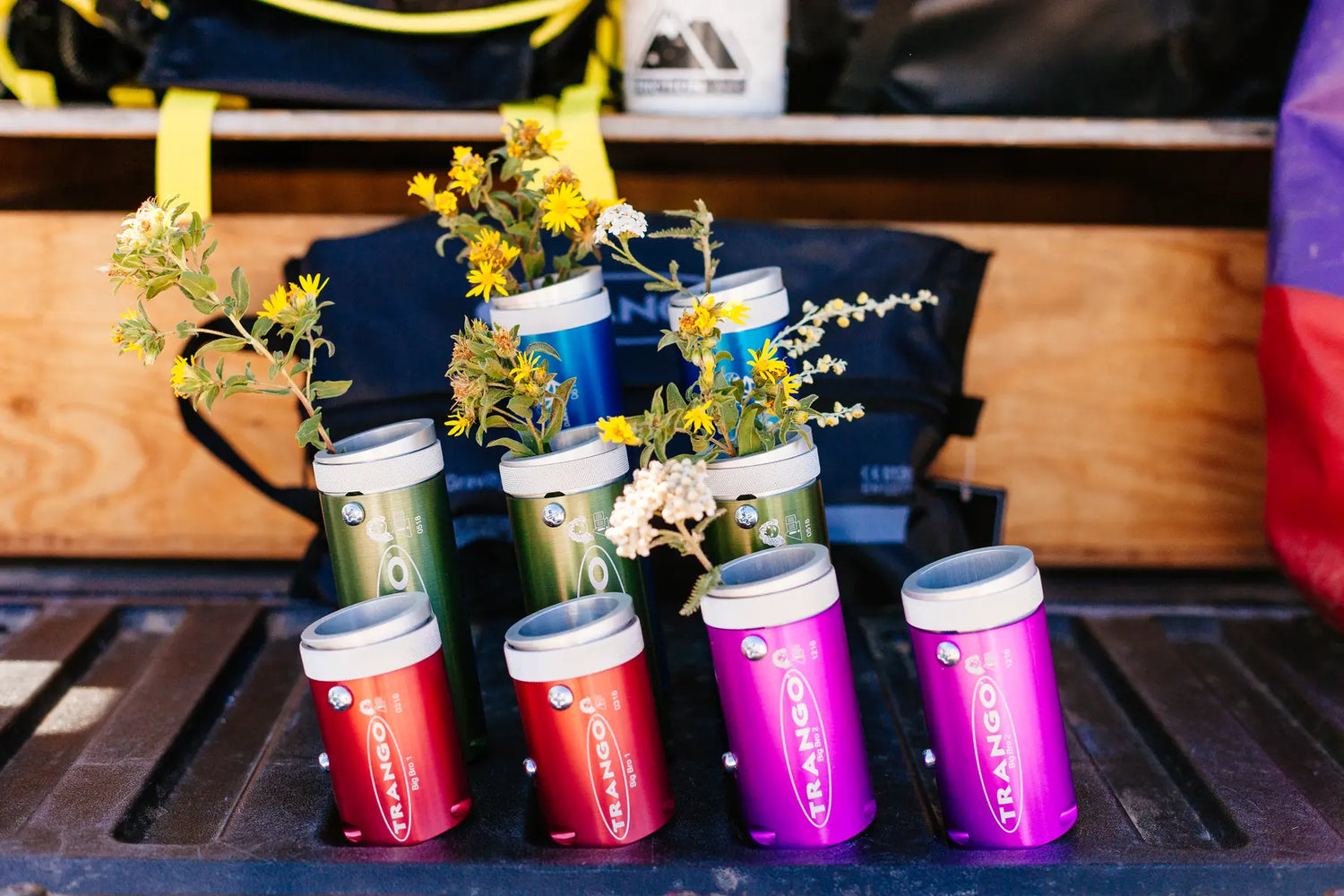The Khans
The Khans, in reference to the character in the Jungle Book, Shere Khan.
There are many reasons this hold line is called what it is. Back in 2018 I took my first trip to Switzerland and was fortunate enough to climb one of the best boulder problems in the world: Jungle Book. The shape of the rock, the sequence of moves, and the grips you must grapple with are unlike anything I’d done before. On that boulder there’s one sequence where you’re on the right arete and must move far left to a single sloper—this exact hold inspired the Khans. You actually match this hold five times because there’s only one good spot to move off. Brilliant!


After tagging the hold with the left hand, the climber crosses under to the “good” part of the sloper. Then the left hand crosses above the right so that the right can reposition and push to the lip. As a hold-shaper it took me years to simulate this experience on plastic. On vertical terrain these grips feel polished and usable on every surface—set them directionally on overhangs, however, and there’s only one spot that works. Just like the real boulder.
In routesetting we obsess over movement styles—risk, intensity, complexity. Years ago I mapped movement to four animals: crane (technical, slow), ram (feet-first trust), cobra (strike-ready), and tiger. The tiger embodies hunger: attacking a problem from the ground up as if your life depends on it. That feral intensity is exactly what these shapes demand. Hence the tiger from Jungle Book in the name.


These holds reflect who I am as a climber. Not the most powerful, but I do love to throw. Not the most technical, but I thrive when humbled. My strength is control—a blend of technique and power. The Khans demand that same control: you can’t simply jump to them, nor can you muscle the move through. You must finesse exactly the right spot.
Ultimately, both setting and shaping are guessing games. Once a climb is “run” or a hold is “opened,” performance reveals everything. Now it’s your turn to judge. Happy climbing!

